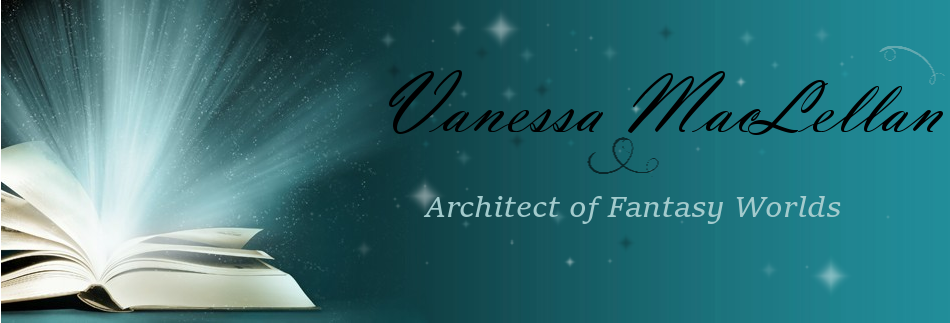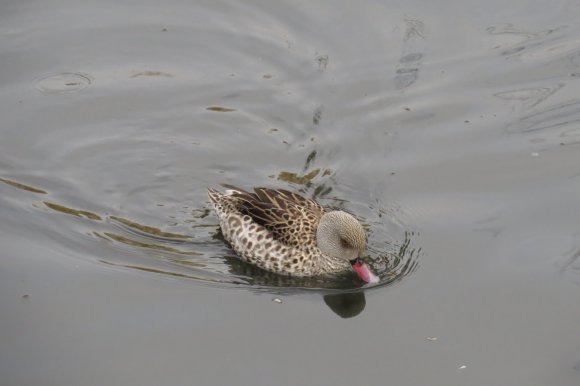Walking around Regent’s Park in London in 2013, I rounded a path, crossed a bridge and nearly dropped by binos when I saw a Smew floating on a pond.
A Smew. In central London.
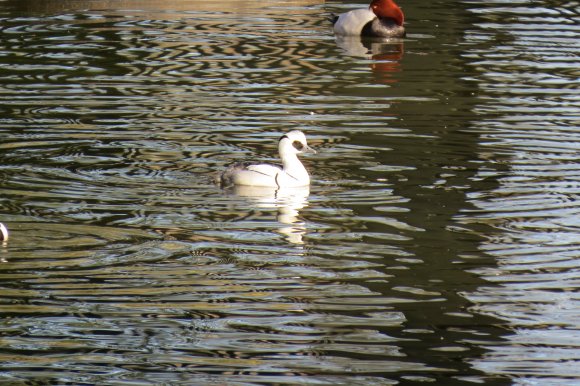
Smew – Native to Northern Taiga of Europe and Asia
The Smew is a distinctive, gorgeous white and black waterfowl with a tuft and clean lines slicing it into pieces like stained glass. Not only does it have the cutest name of all birds, it is the only species in its genus. An arctic bird that breeds in the tiaga of Europe and Asia, I immediately wrote it down, then saw another duck I couldn’t identify, then another, and realized, I’d either fallen into the Duck Zone or had stumbled upon a collection.
Regent’s Park contains part of the Royal Waterfowl Collection, and is now the central breeding area for these birds for all of the eight Royal Parks. In Regent’s, there are about sixty species of the ornamental waterfowl: pretty, like delicate glass bulbs. I did not realize this when I visited the park and was just amazed by the rare, international ducks and geese. It was like a bird convention, with birds from every corner of the globe gathering. They must have some awesome duck hors d’oeuvres.

Most were found around Hanover Island, with many along the Boating Lake and many geese varieties found on Holme Green.
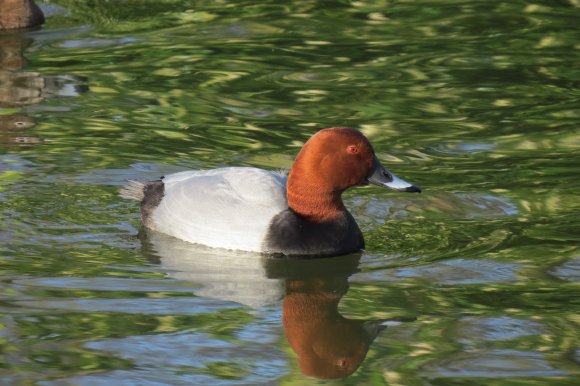
Common Pochard – Native to Europe and Asia
I took on the challenge to identify every duck and goose from my photographs. I collected only thirty of the sixty species: alas, I didn’t catch ’em all. But I did get a good portion and though not countable for a birder’s life list, I was still delighted by these beautiful birds.
I could not find an online checklist for the birds, but I did take some terrible photos of a sign at Regent’s. I used this sign to help identify some of the birds, but most were identified by using distinctive visuals (red head, green stripe, tufted) and Google. Many hours on Google. Finally, I think I’ve got them all labeled neatly.
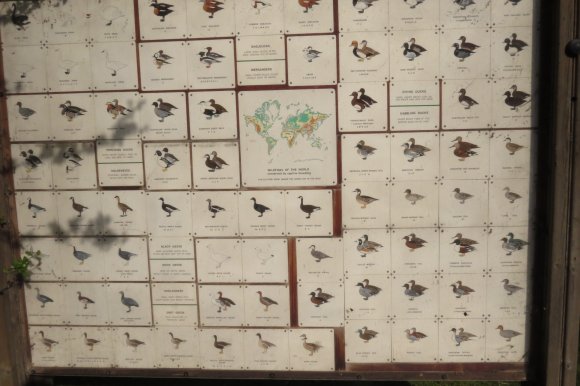
Faded, hard to read species sign
Now, onto the accounting! (note, not all of my pictures are of the greatest quality, but I’m posting them anyway for the accounting.)
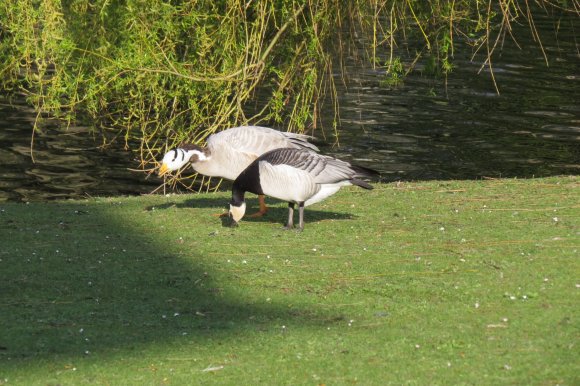
Barnacle Goose – Native to Arctic Islands of the North Atlantic
Bar-headed Goose – Native to Central Asia
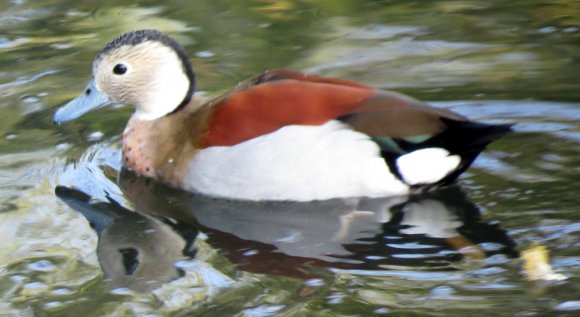
Ringed Teal – Native to Forests of South America

Ruddy Shelduck – Native to Asia
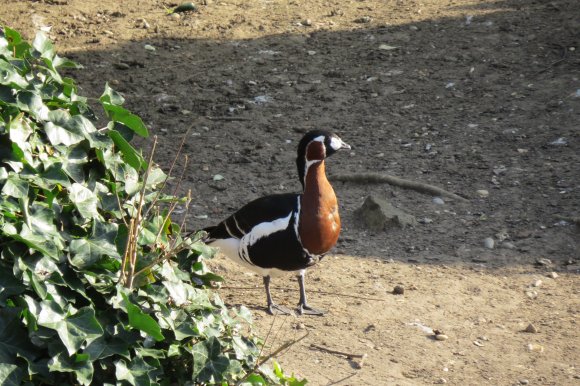
Red-breasted Goose – Native to Eurasia: Endangered
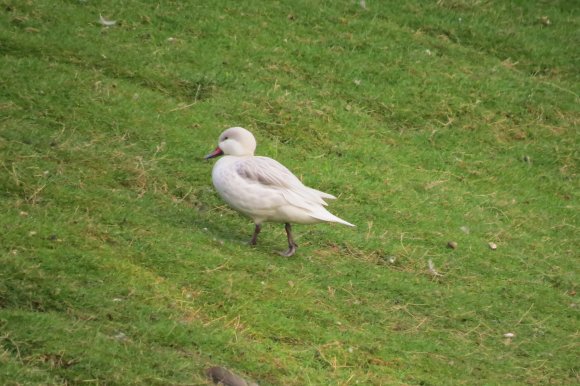
White-cheeked Pintail, White Morph – Native to Caribbean, South American and the Galapagos Islands
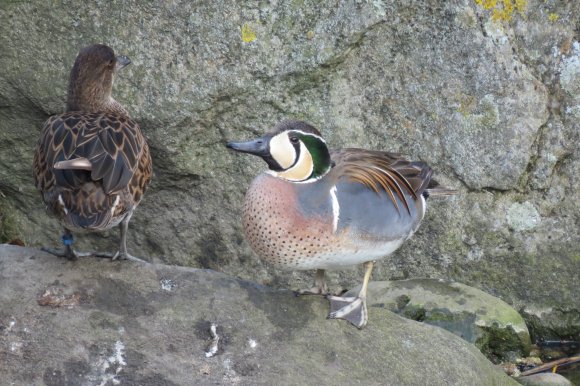
Baikal Teal – Native to Eastern Asia

Egyptian Goose – Native to Africa South of the Sahara and the Nile Valley

Mute Swan – Native to Europe, Asia, and North Africa
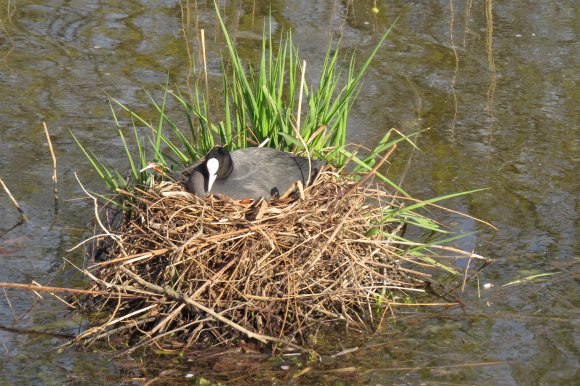
Eurasian Coot – Europe, Asia, Australia, and Africa.
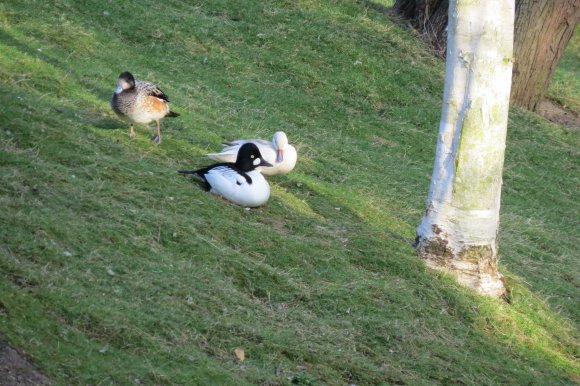
White-cheeked Pintail, White Morph – Native to Caribbean, South American and the Galapagos Islands
Goldeneye – Native to Canada, the Northern United States, Scandinavia and Northern Russia
Chiloe Widgeon – Native to South America
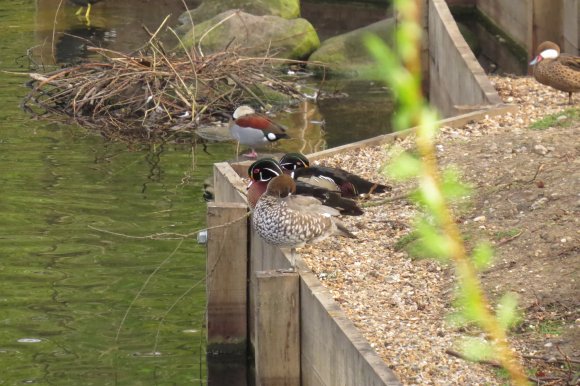
Wood Duck – Native to North America
Ringed Teal – Native to Forests of South America
White-cheeked Pintail – Native to Caribbean, South American and the Galapagos Islands
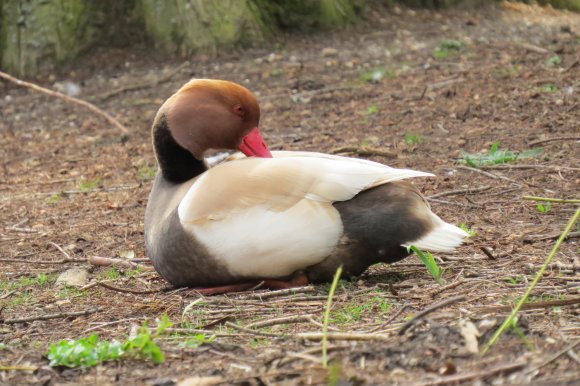
Red-crested Pochard – Native to Southern Europe and Central Asia
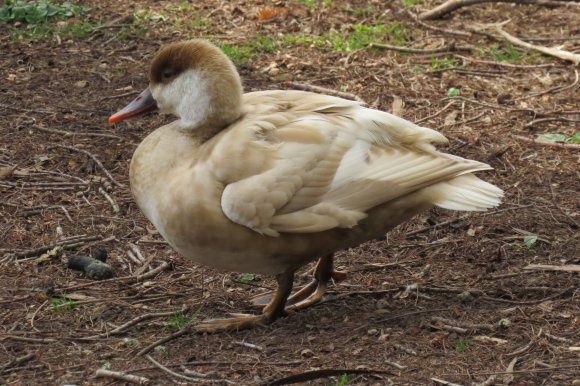
Red-crested Pochard (female) – Native to Southern Europe and Central Asia
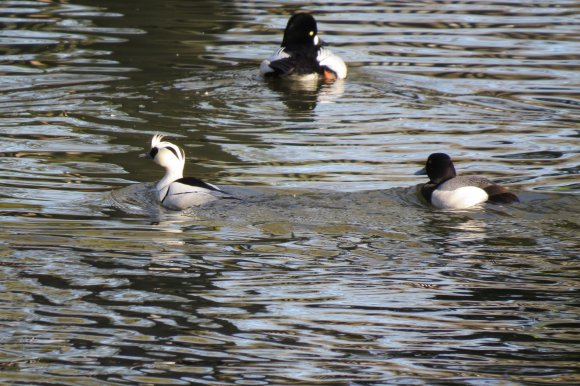
Goldeneye – Native to Canada, the Northern United States, Scandinavia and Northern Russia
Smew – Native to Northern Taiga of Europe and Asia
Scaup – Native to North America and Northern Europe
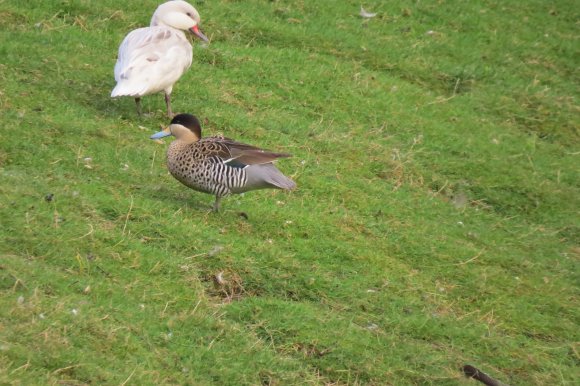
Silver Teal – Native to South America
White-cheeked Pintail – Native to Caribbean, South American and the Galapagos Islands
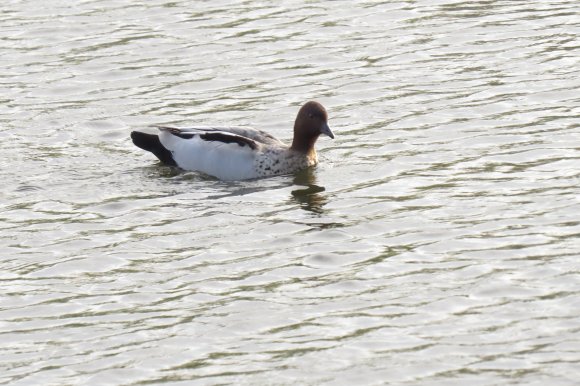
Maned Goose – Native to Australia
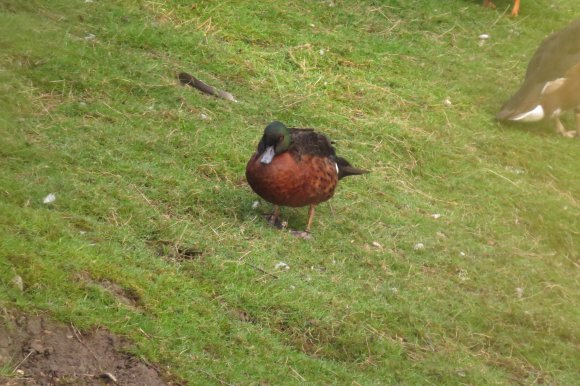
Chestnut Teal – Native to Australia
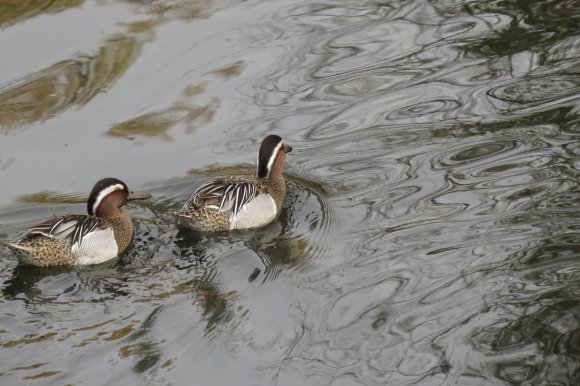
Garganey – Native to Europe and Western Asia
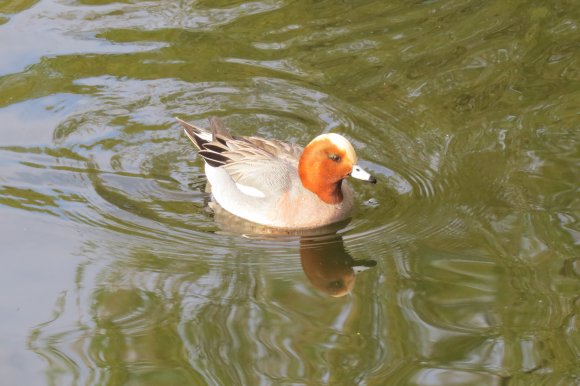
Eurasian Wigeon – Native to Eurasia
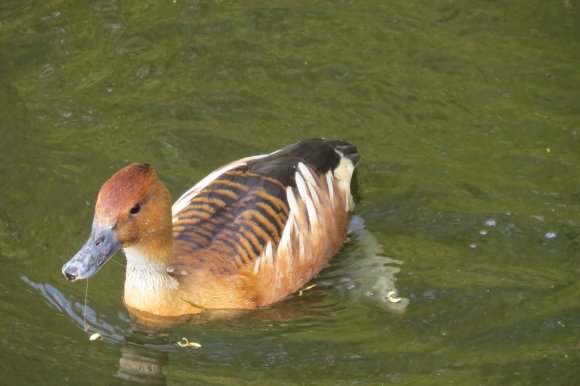
Fulvous Whistling Duck – Native to Central and South America, Sub-Saharan Africa, the Indian subcontinent, and the Gulf Coast of the United States.
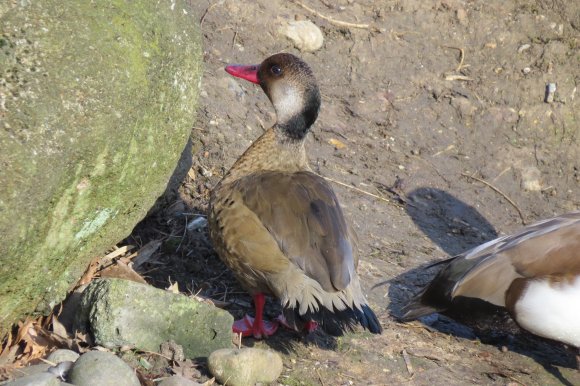
Brazilian Teal – Native to Eastern South America

Mandarin Duck – Native to Eastern Asia
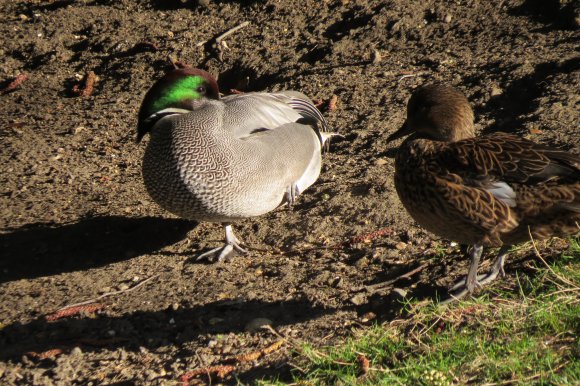
Falcated Duck – Native to Eastern Asia

Rosy-billed Pochard – Native to South America
And there were others, that I couldn’t identify from my photos. A shame, really.
I hope that this post helps someone who is seeking a resource to help them identify some of their delicatle glass balls, or royal duck collection, whichever you choose.
